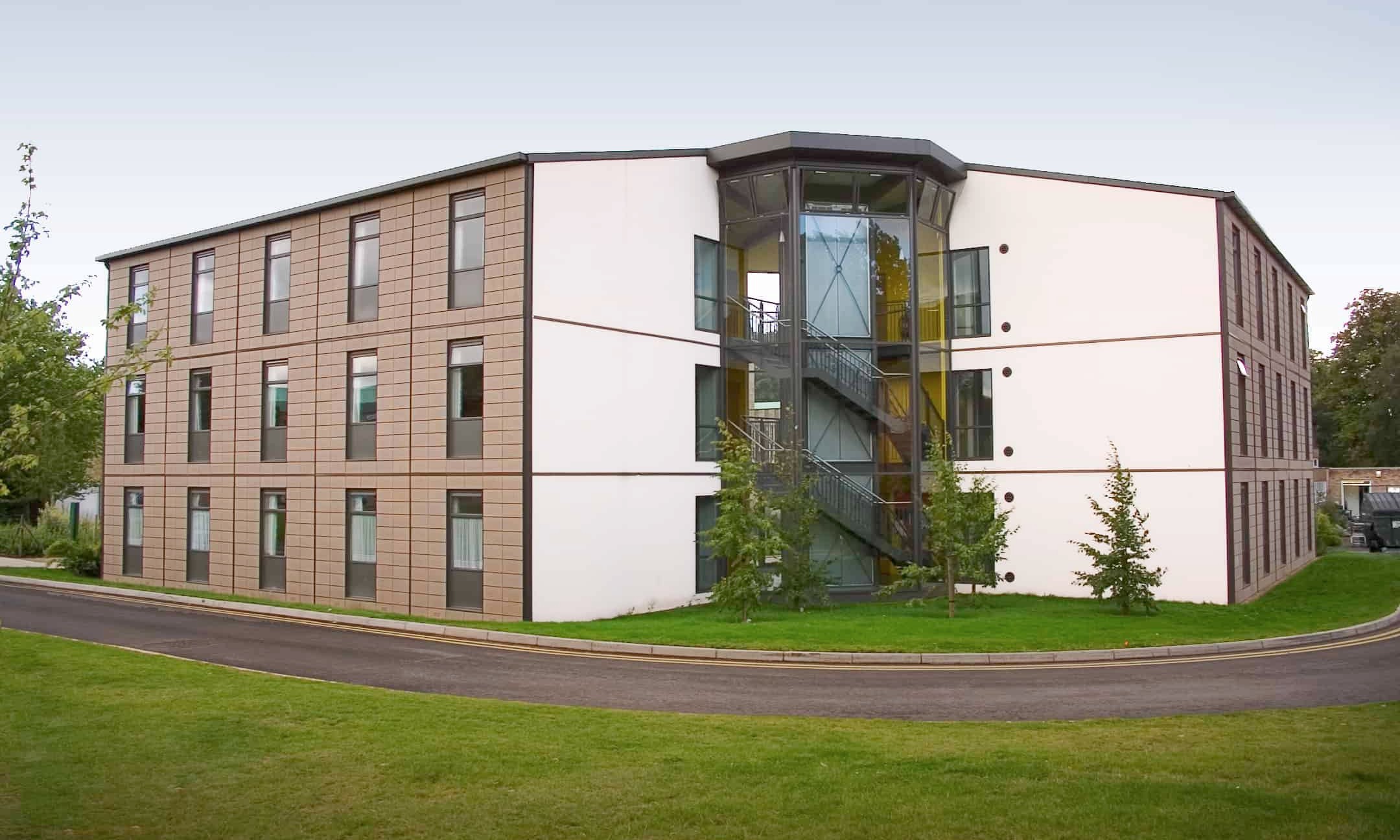Building up value for higher education with faster, flexible facilities
At a time of declining international student numbers and high tuition fees, many higher education institutions are under pressure to make sure their facilities are up to scratch. However, the task of delivering new student accommodation and campus buildings is not without its challenges. For example, 819 students at the University of Bristol are set to miss out on fresher’s week after the event was brought forward before the completion of a new residential block. With the start of the academic year often a period of plate-spinning and tight deadlines for universities and students alike, a change in approach could ease the pressures of new building programmes.
Despite projections suggesting up to one million students could apply for higher education by 2030, the fall in visa applications from international students is cause for concern. According to Home Office statistics, there were 13,100 visa applications from dependents of international students between January and July 2024: an 81 per cent decrease on the same period in 2023. The simultaneous impacts of this downward trajectory and inflation have led to calls for higher education tuition fees to be increased by up to £3,500 per student, per year, to stabilise the sector.
Whilst a plausible solution, upping fees will likely lend itself to heightened scrutiny over the quality of learning and facilities available to students, including accommodation. Many universities have invested significant resources into modernising their offering, however, there are still plenty of opportunities to improve existing estates or introduce newer facilities that will serve current and future needs.
The biggest challenge in most building programmes carried out within the education sector is that of timing. Site disruption to learning activities is a large logistical problem for all institutions, from nurseries to universities. Noise pollution, vehicle movements and hazardous by-products such as silica dust, generated from activities like cutting and drilling concrete, can all cause curriculums and ways of working to be heavily disrupted. Where live construction activities take months or even years to complete, the detriment to the experience and development of students can be significant.
There is an opportunity for modern methods of construction (MMC) to play a bigger role in the improvement of higher education estates. For example, offsite manufacture can be completed at the same time as site groundwork is taking place, reducing the overall project time. This means that buildings can be installed onto a pre-prepared site, with linked services allowing installation and fit out to run seamlessly. This also means that construction works are typically only present for a few weeks or months, ensuring disruption and delays to learning are minimised. From a funding perspective, this can mean that facilities are available a full academic year ahead of their traditionally built equivalent.
For the education sector, offsite factory-based building also allows the installation of new facilities to be timed within holiday periods – in some cases avoiding interference with students altogether. In the context of delivering student accommodation, this is a huge advantage and will help to ensure students are not left looking for alternative housing at late notice and often at a higher cost. With many universities located in city centres, space constraints form a significant challenge when it comes to improving estates. The multi-storey capability, reduction in on-site construction activities and transportation of goods within MMC is therefore a significant plus point; expanding capacity whilst lessening the potential for delays caused by travelling through busy traffic. This lends itself to reduced carbon emissions too, and, coupled with the low-waste, precision manufacture of building components, offers universities a way of expanding their estates at a significantly reduced environmental cost.
Using factory-based building solutions also affords greater flexibility to meet specific needs. Factory-produced solutions are typically easier to install on constrained sites, such as courtyards or as additional storeys to existing buildings, and can be scaled up or down in size to suit demand. This means facilities can be designed and constructed to make efficient use of space and cater for the exact capacity needs of the institution, and flex up and down in line with future demand. Not only this, but hire buildings have the additional ability to be repurposed across sites, for example, should the university expand to a new campus location. Permanent structures built through MMC equally do not lose their scalability and can be added to or scaled down as needed.
Given the competitive nature of the student accommodation market, quality is as important as timing. Layout, decor and amenities are all essential considerations when developing new student accommodation so it’s crucial for key stakeholders – from main contractors, architects and third-party suppliers to higher education decision makers – to collaborate closely on producing a high-calibre end product. Halls of residence and campus buildings often feature a range of facilities including bedrooms, kitchens, offices and recreational and learning spaces, so executing a holistic and flexible design is key.
Higher education is a pivotal milestone for many and it’s important that new accommodation and facilities do not undermine student progress. A more time-sensitive, high-quality approach to construction will help to provide a foundation for greater learning and enable students to hit the ground running.
Ian Astley is a regional director at offsite manufacturer, Premier Modular.


